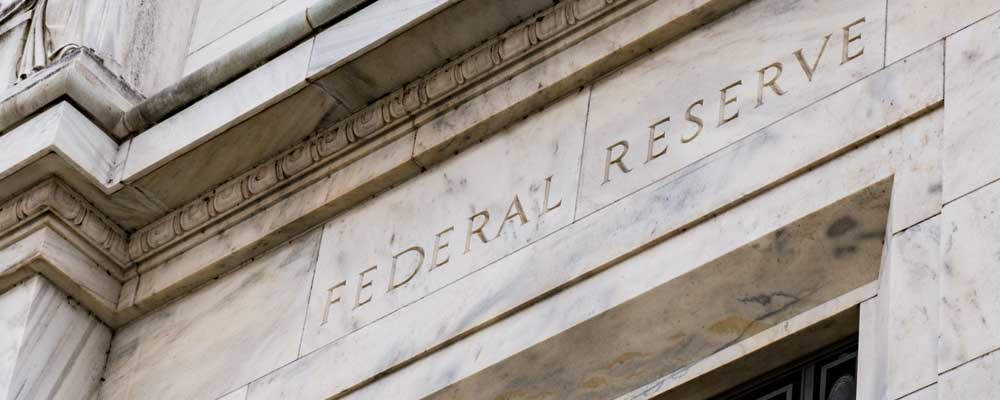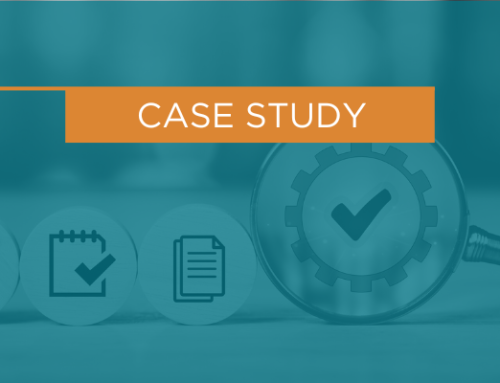There are around 40,000 mid-size businesses employing 35 million Americans, but as of yet, financial relief measures have been targeted to small businesses and self-employed individuals. Other than a few tax credits or accelerated deductions, most of the funds have been aimed at propping up the nation’s small business sector. Relief is now on the way for mid-size businesses through the Main Street Lending Act.
This new round of funding was just announced on April 9, 2020. It is not a new piece of legislation; Main Street loans are funded with $75 billion that was already appropriated under the CARES Act. Most mid-size businesses with fewer than 10,000 employees or $2.5 billion in 2019 revenue will qualify.
Terms of the Main Street Lending Act
Main Street loans have a four-year term with adjustable SOFR rates plus 250-400 basis points and will be paid out from local lending institutions. The minimum loan size is $1 million with a $25 million maximum, or four times the amount of 2019 EBITDA when the loan amount is added to the company’s existing but undrawn debt, whichever is less. Principal and interest payments will be deferred for up to one year and borrowers may prepay without penalty. Under the Main Street program, the lending institution will retain five percent of the loan while the Treasury and Fed will purchase the other 95 percent.
Main Street loans can be used to extend larger credit lines to existing loans for qualifying corporate borrowers, or banks can originate new loans under the program, but borrowers cannot do both. The Main Street Expanded Loan Facility (MSELF) is the vehicle permitting banks to add Main Street funding to an existing loan. The borrower must be a business customer and in this case, the maximum loan size is $150 million or 30 percent of the borrower’s existing but undrawn debt, or six times the amount of 2019 EBITDA, whichever is less.
Loans cannot be used to repay or refinance prior balances and the company must avoid canceling or reducing any existing financing with lenders during the payback period. Mid-size businesses that seek Main Street loans are required to make reasonable efforts to maintain payroll and retain employees, as well as follow all existing and applicable loan guidelines under the CARES Act. These include but may not be limited to restrictions regarding compensation, stock repurchase, and dividends. Even if a mid-size business qualifies for and takes out a Paycheck Protection Program (PPP) loan, it can still take advantage of Main Street loans.
Our Insight
Although specific financing needs will vary from one company to the next, our experience thus far has been that financial relief funds may go quickly, and if a business can apply for more than one kind of stimulus financing, it should. Final guidance on the Main Street lending program will be released later in April; the Federal Reserve and Treasury are accepting comments from lenders, borrowers, and other stakeholders until April 16th.
Before deciding on any course of action for loans, either administrated directly through the SBA or a local lender, it’s important for executives to do a thorough analysis of their company’s current and short-term projected cash flow needs. Not only is such financial information typically required of any loan application, but it’s also vital to ensure that all financial considerations are on the table so that the borrowed amount will be enough for essential – and perhaps even unplanned – expenses.
PBMares is available to help guide businesses on the best course of action and funding types. New information is released quickly, and decisions must be made quickly to ensure the business’s viability and future success.




